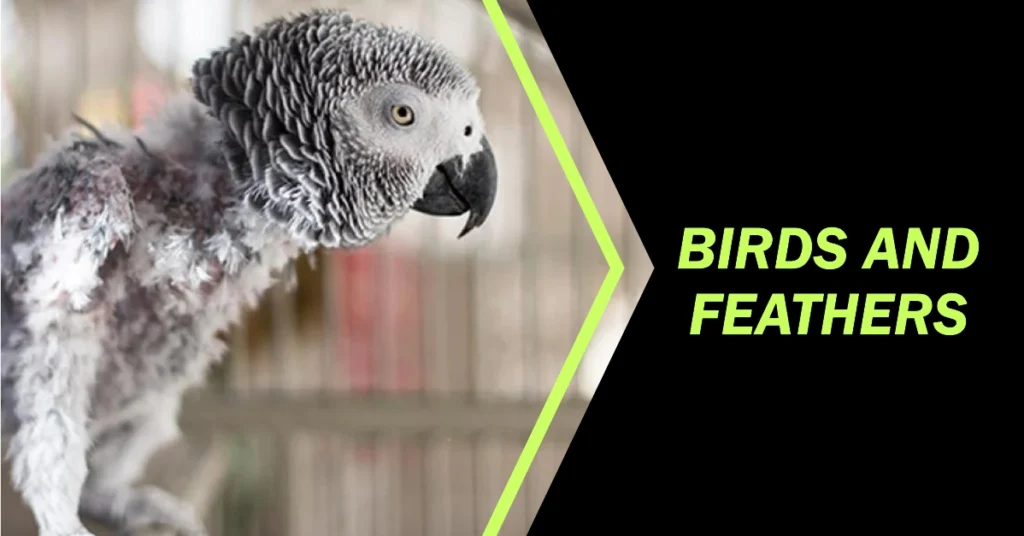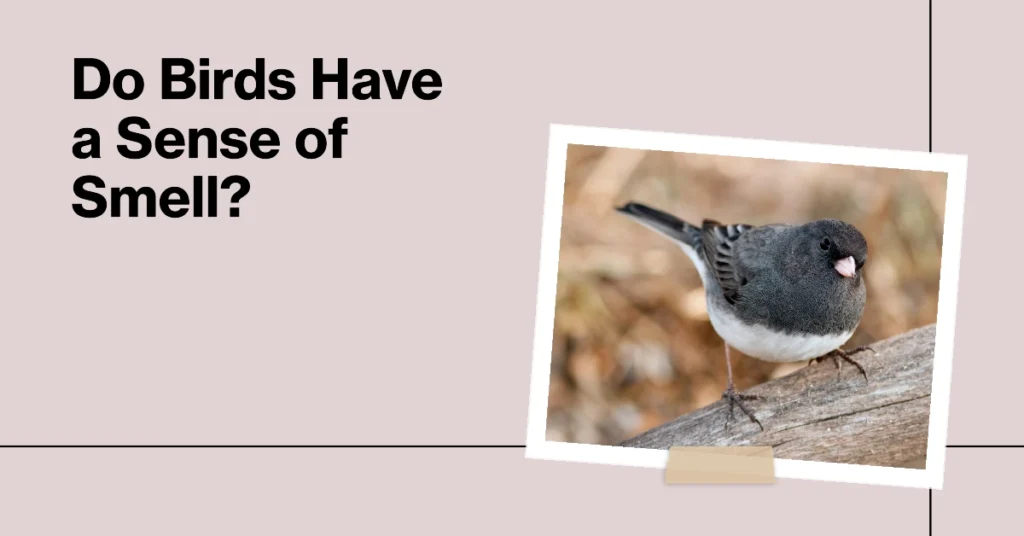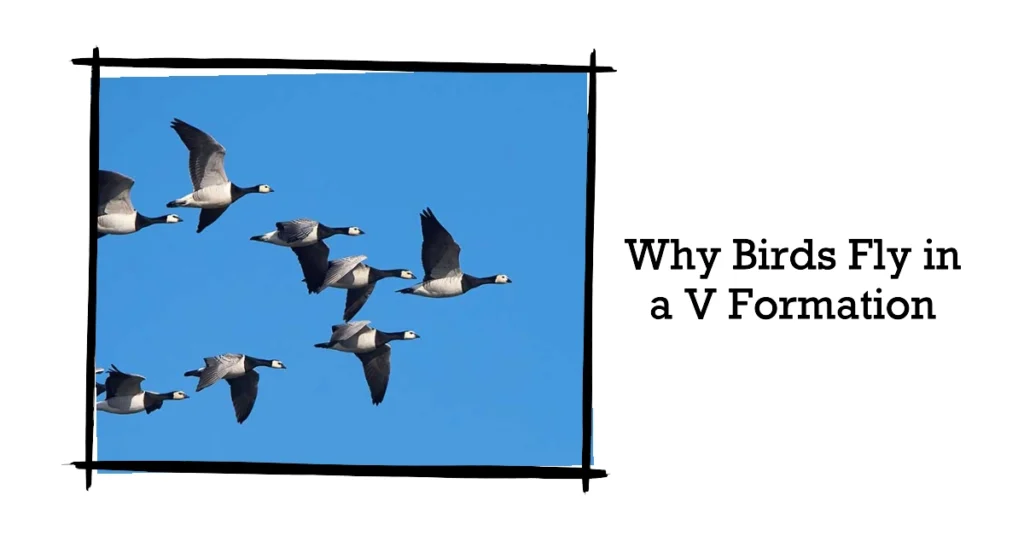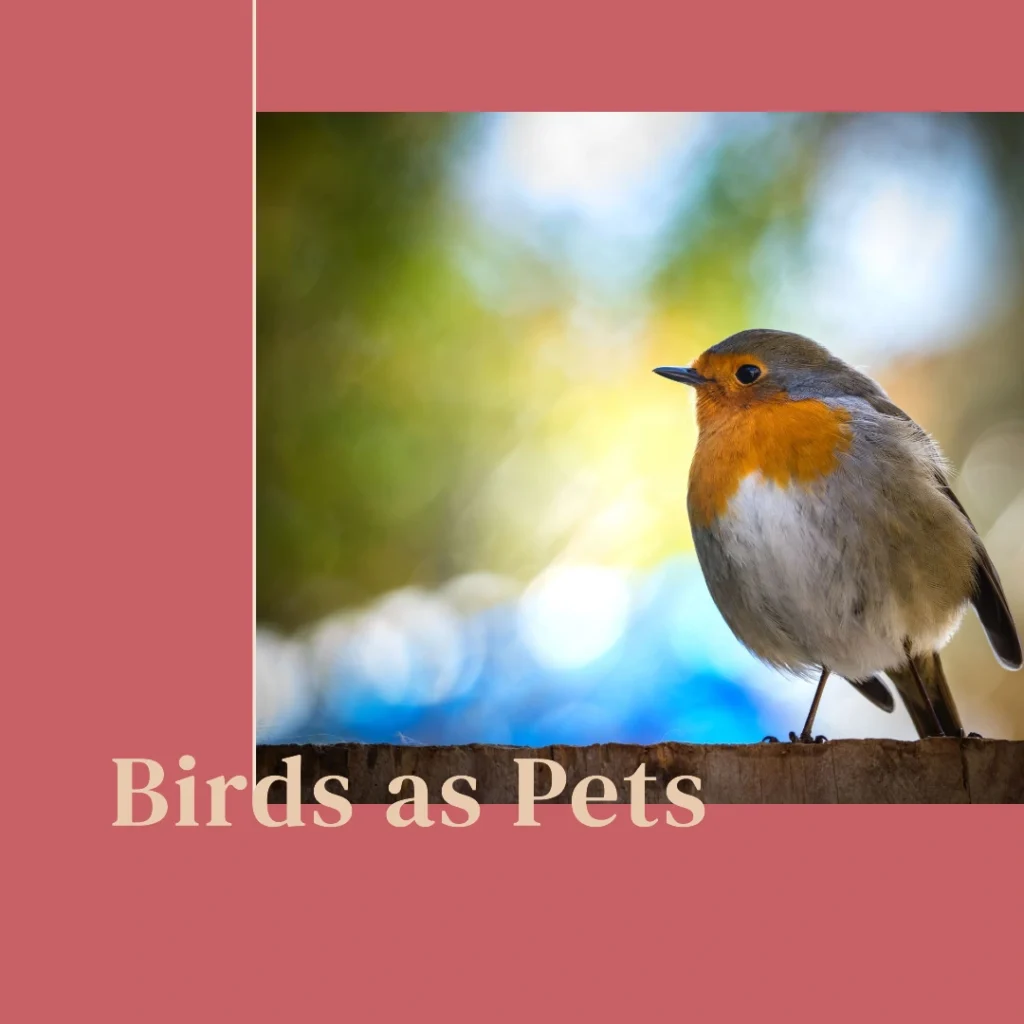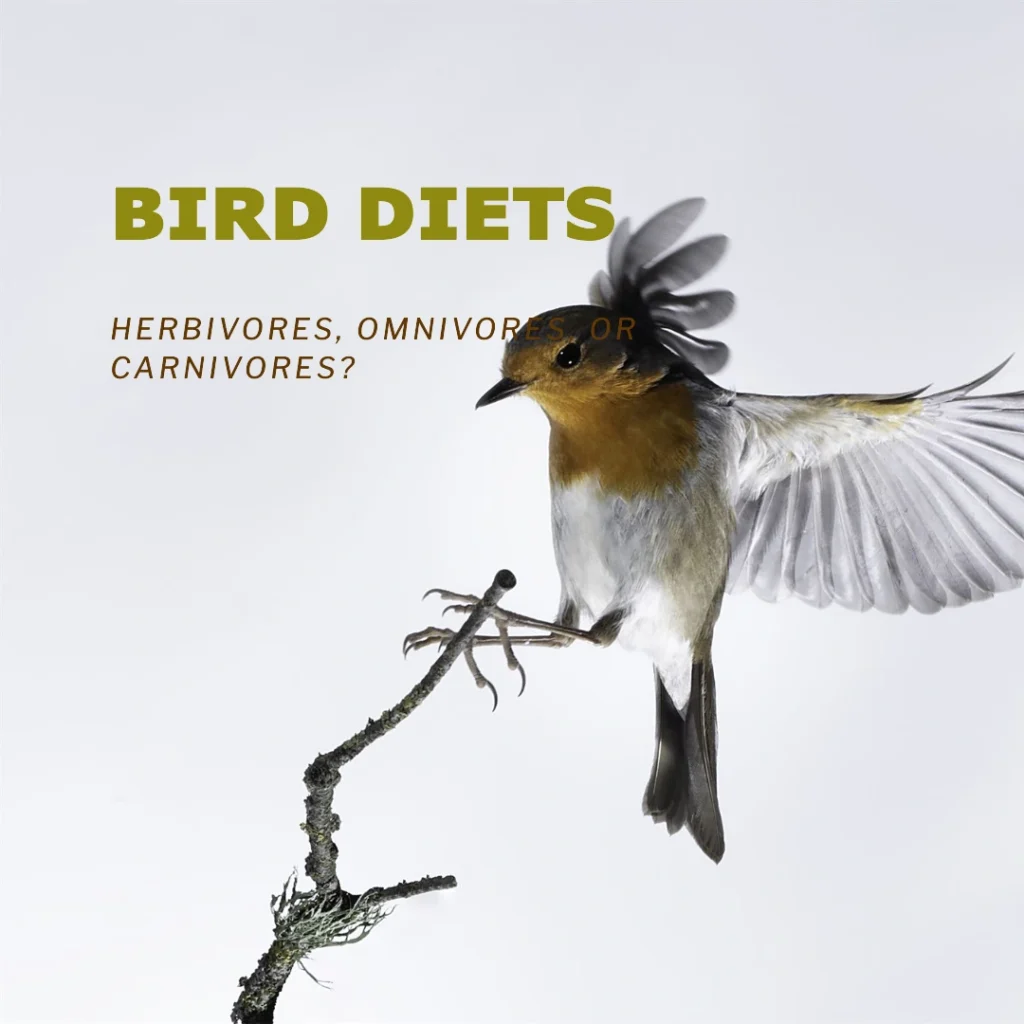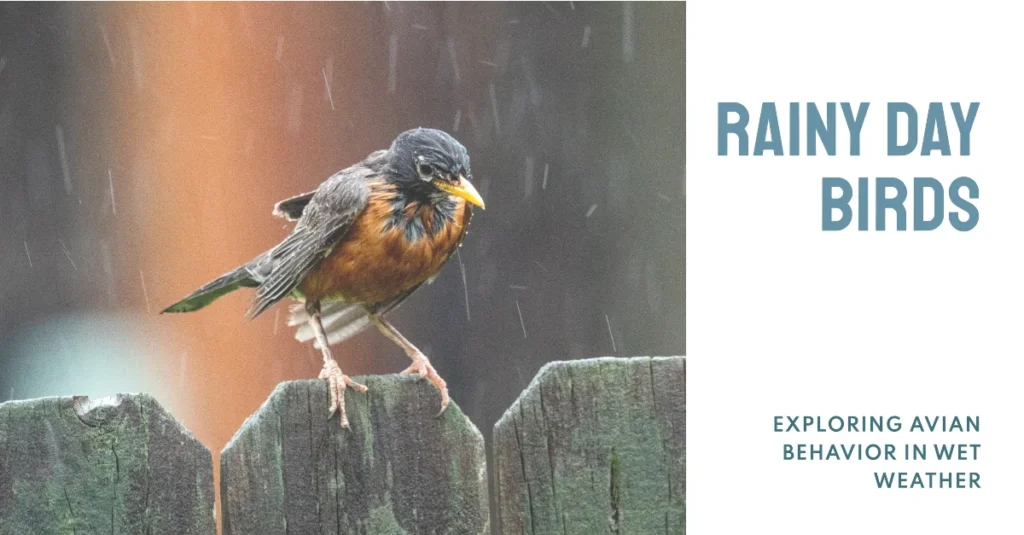
When the skies darken and rain begins to fall, have you ever wondered what happens to the birds? Unlike us, they can’t just pop open an umbrella or dash inside to stay dry. So, where do birds go when it rains, and how do they manage in wet weather? Let’s dive into the fascinating world of avian behavior during rainstorms.
Understanding Bird Behavior in Rain
Staying Dry and Warm
Birds have various strategies to stay dry and warm during rain. Their first line of defense is their feathers. Most birds have waterproof feathers, thanks to oils produced by glands near their tails. They use their beaks to spread this oil over their feathers, creating a water-resistant barrier.
Seeking Shelter
When it rains, birds tend to seek shelter. Here’s where they might go:
- Bushes and Trees: Many birds find refuge in the dense foliage of bushes and trees. The leaves provide a natural umbrella that helps keep them dry.
- Nests and Birdhouses: Birds that have built nests or have access to birdhouses may hunker down in these safe havens until the rain passes.
- Overhangs and Caves: Some birds may take shelter under overhangs, in caves, or in other natural shelters to escape the wind and rain.
How Different Birds React to Rain
Land Birds vs. Seabirds
- Land Birds: These birds, including songbirds and small birds, are more likely to seek shelter in bushes, trees, or man-made structures. They are more vulnerable to getting wet and cold, which can lead to hypothermia.
- Seabirds: Seabirds, such as gulls and puffins, are more adapted to wet conditions. They may continue their activities in light rain but seek shelter during heavy downpours.
Ducks and Waterfowl
Ducks and other waterfowl are well adapted to water. They have highly waterproof feathers and may enjoy the rain, often seen swimming and foraging as usual. They take advantage of the rain to bathe and may even play in puddles.
Table: Bird Species and Their Rainy Day Behaviors
| Bird Species | Rainy Day Behavior |
| Songbirds | Seek shelter in bushes, trees, and man-made structures |
| Ducks | Embrace the rain, take baths, and continue foraging |
| Gulls | Can fly short distances but may seek calmer waters |
| Swans | Waterproof feathers allow them to stay dry |
| Robins | Forage for worms and insects in damp soil |
| Hummingbirds | May seek shelter but continue feeding during breaks |
Whether it’s a light drizzle or a heavy downpour, birds have developed remarkable strategies to navigate wet weather conditions. From seeking shelter to embracing the rain, these feathered creatures showcase their resilience and adaptability in the face of nature’s elements.
Challenges Birds Face During Rain
- Hypothermia: Wet and cold conditions can lead to hypothermia, especially in smaller birds with less insulation.
- Finding Food: Rain can make it harder for birds to find food. Insects hide, and seeds may be washed away. Birds need to brave the weather to forage for food.
- Flying: Rain makes flying more difficult due to reduced air pressure and the added weight of water on their feathers. Birds may choose to fly short distances or not at all during heavy rain.
Bird Adaptations to Rain
- Feather Structure: Birds’ feathers overlap in a way that sheds water, keeping their insulating under-feathers dry.
- Oil Glands: The oil glands located at the base of their tails produce a waterproofing substance that birds spread over their feathers.
- Behavioral Adaptations: Birds change their behavior during rain, such as fluffing up their feathers to stay warm or huddling together for warmth.
After the Rain
Once the rain stops, birds quickly resume their activities. They may be seen foraging for food, taking advantage of the abundance of insects and worms brought out by the rain. Birds also take this time to preen their feathers, ensuring they are in good condition for flight.
Help Birds Weather the Storms




Want to assist your local birds during bouts of bad weather? Try these tips:
- Provide sheltered feeding stations with plenty of high-fat foods like suet.
- Install roosting boxes or birdhouses to offer refuge.
- Plant native shrubs, thickets and evergreens that give dense cover.
- Maintain your birdbaths and consider adding a heater in winter.
With some extra consideration, you can help birds ride out storms and rainy days. The next time the forecast calls for wet weather, keep an eye out to see how your avian neighbors respond and where they take cover. You may gain a new appreciation for their adaptive abilities!
Conclusion
Rain presents both challenges and opportunities for birds. While they have developed remarkable adaptations to stay dry and warm, severe weather can still pose a threat. Next time it rains, spare a thought for our feathered friends and the incredible ways they navigate the wet weather.

